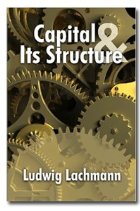 This book [pdf here] provides a wonderful discussion on the theoretical implications of treating capital [goods] as heterogeneous. It may not seem very radical, since everybody knows that a hammer is not exactly the same thing as a ladder, an airplane, or a machine. But to economic theory, this is a radical move. Only in the Austrian school is capital heterogeneity fully embraced and developed, and Lachmann’s Capital and Its Structure is the greatest contribution in this strand of the literature.
This book [pdf here] provides a wonderful discussion on the theoretical implications of treating capital [goods] as heterogeneous. It may not seem very radical, since everybody knows that a hammer is not exactly the same thing as a ladder, an airplane, or a machine. But to economic theory, this is a radical move. Only in the Austrian school is capital heterogeneity fully embraced and developed, and Lachmann’s Capital and Its Structure is the greatest contribution in this strand of the literature.
Lachmann discusses the functions of different capital formations and derives the obvious truth that capital is heterogeneous, which means it has different uses and therefore multiple specificities and complementarities, which in turn implies that capital can be combined in new and unique ways, which can only mean that capital exists in the form of a structure. [Read more…] about On Lachmann’s “Capital and Its Structure”

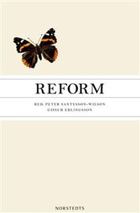
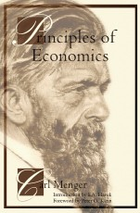

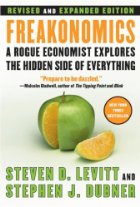

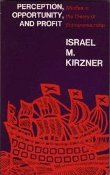
 I read a lot of reviews on this book before I got it and read it. They were all very positive, so one would have to conclude that the book is a magnificent piece of literature, right?
I read a lot of reviews on this book before I got it and read it. They were all very positive, so one would have to conclude that the book is a magnificent piece of literature, right?